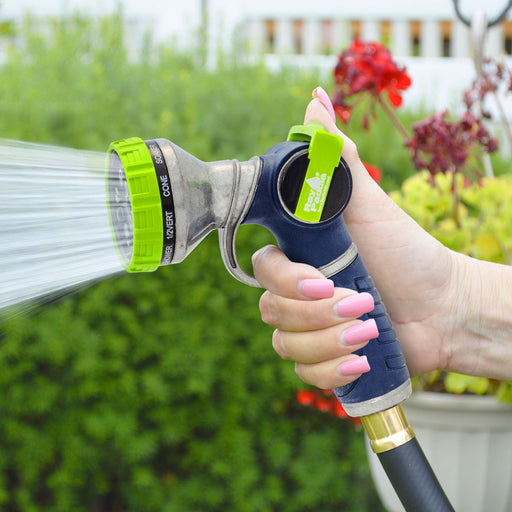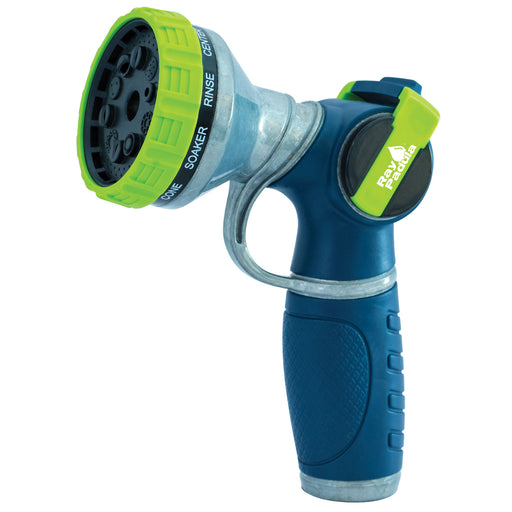Congratulations on your purchase of a Ray Padula 2-Zone electronic timer! Follow these instructions to properly program and use your timer. These instructions apply to the RP-TMRD-2 timer, pictured below.
Note: Depending on where you purchased your timer, the "RP-" prefix may be substituted.
Congratulations on your purchase of a Ray Padula 2-Zone electronic timer! Follow these instructions to properly program and use your timer. These instructions apply to the RP-TMRD-2 timer, pictured below.
Note: Depending on where you purchased your timer, the "RP-" prefix may be substituted.
Congratulations on your purchase of a Ray Padula 2-Zone electronic timer! Follow these instructions to properly program and use your timer. These instructions apply to the RP-TMRD-2 timer, pictured below.
Note: Depending on where you purchased your timer, the "RP-" prefix may be substituted.










































